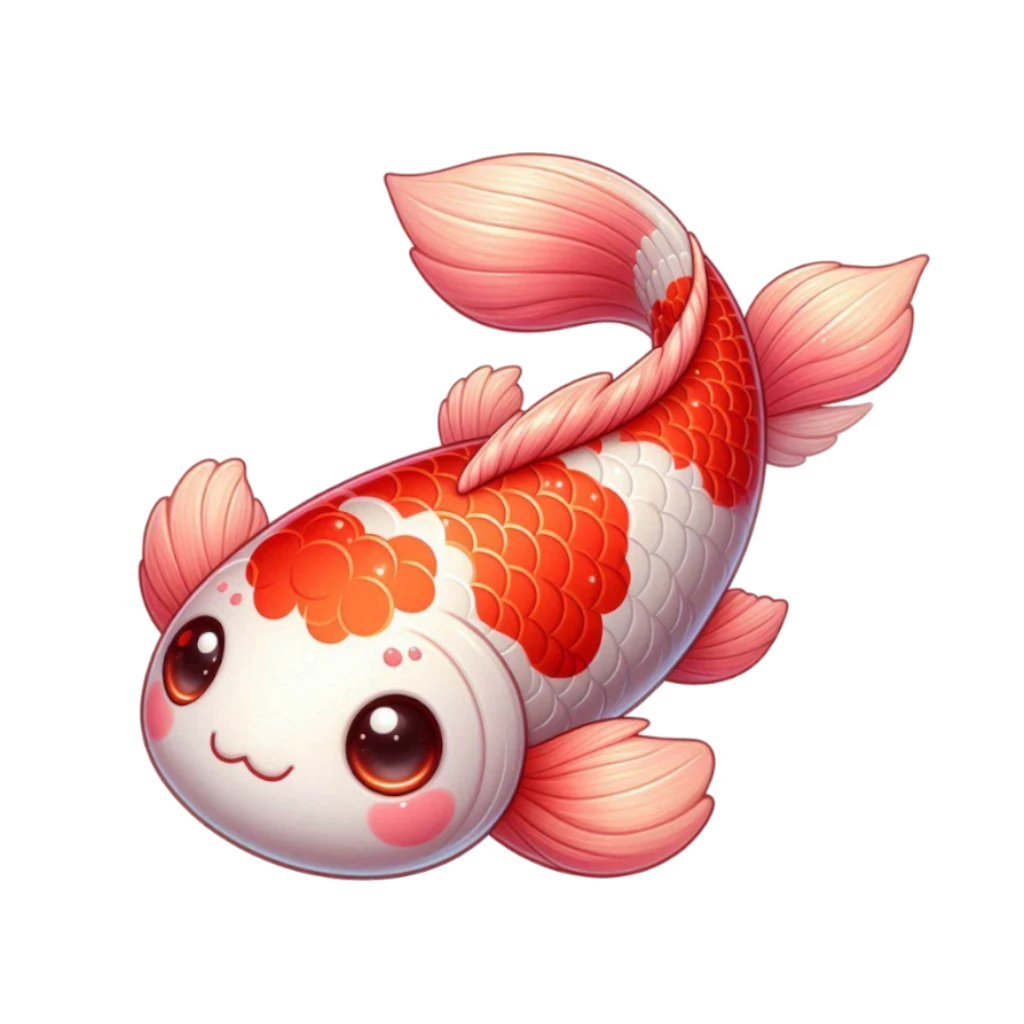Radicals are recurring parts inside kanji. They hint at meaning or sound and make large numbers of characters manageable. Learn the most frequent radicals first and use them to anchor families of kanji.
Why radicals matter
- Faster recognition: similar shapes group together in memory.
- Better guesses: radicals often suggest meaning or reading families.
- Efficient review: you can learn 10 characters via 3–4 shared parts.
Radicals with outsized payoff (examples)
- 氵 (water) → 海、酒、洗、涙
- 扌 (hand) → 持、折、投、拾
- 言 (speech) → 話、語、記、読
- 忄 (heart) → 怒、急、怖、恋
- 亻 (person) → 住、作、休、信
- 木 (tree) → 林、森、校、板
Treat these as anchors. When you meet a new kanji, identify the radical and say its “role” aloud (water, hand, speech, heart…).
How to study radicals
- Learn the top 50–100 common radicals first.
- Group new kanji by the radical you already know.
- Notice position patterns (left, top, enclosure) and how they alter shapes.
- Track phonetic partners alongside radicals where present.
Daily micro‑routine
- 5 min: review radical names and meanings.
- 10 min: learn 6–10 kanji that share one radical.
- 5 min: write 3 look‑alike contrasts (e.g., 未 vs 末, 土 vs 士).
Pitfalls
- Treating radicals as ends, not means—use them to learn real kanji.
- Memorizing obscure radical names before common ones.
- Ignoring phonetic components; many kanji combine both.
Metrics
- Kanji per radical family learned per week.
- Recognition accuracy by family (氵, 扌, 言, 忄, 亻, 木 など).
- Time to identify the radical in a new kanji (seconds).
How Kanji Koi helps
- Component breakdowns highlight radicals clearly.
- Family‑grouped study sessions accelerate transfer.
- Stroke‑order animations show how radicals shape the whole.
- Offline access makes 5–10 minute “one‑radical” sessions easy.
Pair radical study with immediate kanji practice: after learning a radical, add 3–5 kanji that use it and review as a mini‑set in Kanji Koi. Seeing the same piece across words builds durable recognition.
If radicals feel abstract, pair them with stroke‑order practice on a few kanji—components “click” when you see them drawn.
